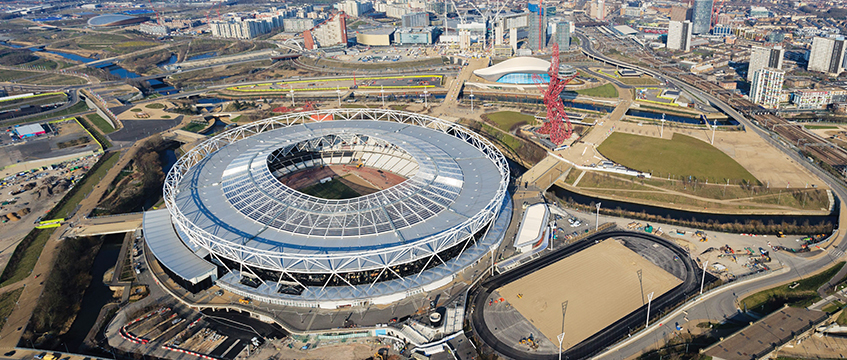The standard accusation made by government of developers and housebuilders is that they land-bank.
This issue was back in the news last week but, for once, the private sector got a relatively smooth ride.
Oliver Letwin’s draft analysis into a review of build-out rates found that housebuilders’ business models “depend on generating profits out of sales of housing, rather than out of the increasing value of land holdings; and it is the profitability of the sale of housing that they are trying to protect by building only at the ‘market absorption rate’ for their products”.
In short, land banking and build-out rates are completely separate entities. Ultimately, developers will only build what they can sell.
This is illustrated by the public sector’s own approach in the form of the London Legacy Development Corporation.
Unambitious targets
If you’ve been to Stratford, E20, recently, you’ll know it is a sea of cranes and opportunity. However, just 259 homes have completed across LLDC land – the legacy sites it gained after the Olympics.
It has plans for six separate major ‘neighbourhoods’ with the potential for around 5,400 homes.
The LLDC say they’re ahead of target, but its targets are unambitious. Two years ago it set a goal to build 250 homes per annum. That means it will take more than 20 years to build out the space.
It could be argued that this is state-led land banking. While private sector-led development is booming along Stratford High Road – with the likes of Weston Homes, Galliard, and Ikea’s Vastint arm all building schemes – as well as L&Q, Aitch and Peabody in Hackney Wick, the desirability of Stratford is only increasing.
The LLDC is proud to point out that, at the insistence of London mayor Sadiq Khan, they will be providing 50% affordable housing in the latter phases of development.
However, if they really wanted to provide more affordable housing, they could have built it years ago. In the long run, values rise, even if there is a slight bump in the road.
Slow progress
At Chobham Manor, the only site where the LLDC has started construction, just 259 homes have completed since its 2014 start date. A total of 617 private sale and 242 affordable homes are planned. The absorption rate is exactly what you expect it to be: slow.
The next phases due to be built are East Wick and Sweetwater, after the LLDC brought forward their delivery programme by six years. Why they were originally planned to complete not before 2029 is anyone’s guess, particularly as a deal was signed with joint venture partners Places for People and Balfour Beatty back in 2015 to develop the scheme.
Construction has yet to start, yet the LLDC says it is still “ahead of schedule”.
But once the site eventually becomes active, surely homes will be built quickly? Not quite.
On part of the site the LLDC has submitted plans for Clarnico Quay, a cross between Boxpark and Pop Brixton, comprising a meanwhile scheme made of shipping containers housing artist studios and food and drink retailers.
More temporary uses will also come in the form of Adidas-branded sports pitches in another neighbourhood, even further down the phasing pipeline. Planning consent for that meanwhile scheme was granted in January 2017 but, again, construction is still yet to start.
Faster delivery
So, is this land banking or absorption rates at play? It’s not certainly the latter, but then it could also perhaps be the act of an organisation preoccupied with putting together East Bank, the cultural offer that will soon be home to the BBC, V&A Museum and Sadler’s Wells.
Could delivery be faster? Yes. In order to speed up future phases, the LLDC could do worse than to take a leaf out of Transport for London’s book.
Since Khan became mayor, instead of selling off the family silver and making a short-term gain, TfL has been looking to build and hold PRS stock itself – or at least part of it – alongside private sector developers and partners.
The LLDC could increase absorption rates through providing a variety of housing types and, while they’re at it, create a fully mixed community, too.
A model of 25% private sale, 25% private rent, 25% social rent and 25% shared ownership would give a fair balance.
Temporary pop-up shipping containers for artist studios? Build it in to the scheme permanently, rather than allow it to stall the delivery of housing.
Clarnico Quay feels like a way of engineering gentrification in order to push up values and create a greater return, further down the line.
If a private developer did the same thing it would be chastised – and rightly so – but at least the motivation to please shareholders and turn profit is understandable. For a public sector body, it is entirely illogical.
London has a housing crisis. Organisations like the LLDC could be doing more to help solve it.
To send feedback e-mail paul.wellman@egi.co.uk or tweet @paulwellman eg or @estatesgazette











